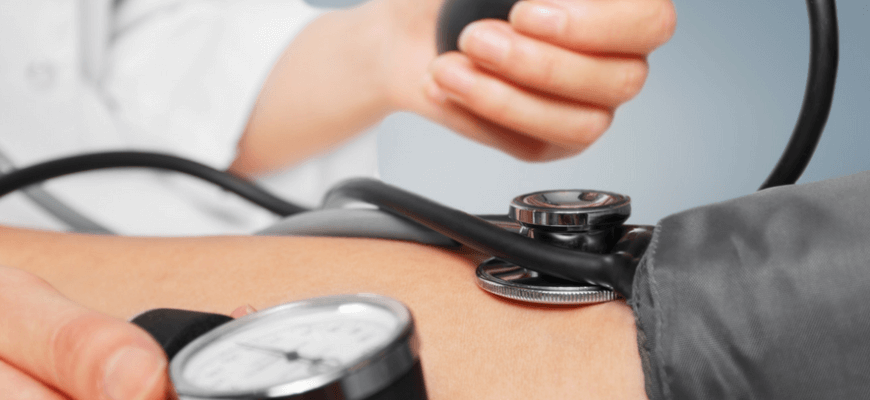
High blood pressure affects one in three Americans, yet many people with the condition don’t know they have it.
Uncontrolled blood pressure raises the risk for heart disease and stroke, which are leading causes of death in the United States. Fortunately, high blood pressure is treatable and preventable. To lower your risk, get your blood pressure checked regularly and take action to control your blood pressure if it is too high.
1. High blood pressure may be linked to dementia.
Recent studies show that high blood pressure is linked to a higher risk for dementia, a loss of cognitive function. Timing seems to matter: Some evidence suggests having uncontrolled blood pressure during midlife (age 45 to 65) creates a higher risk for dementia later in life. The takeaway? It’s never too early to start thinking about your blood pressure and taking steps to manage it.
2. Young people can have high blood pressure, too.
High blood pressure doesn’t just happen to older adults. About one in four men and nearly one in five women age 35 to 44 has high blood pressure.
High blood pressure is a leading cause of stroke, a condition that is on the rise among younger people. Experts think the increased risk for stroke among young adults is a direct result of the rising rates of obesity, high blood pressure, and diabetes—conditions that are preventable and treatable.
Younger people should get their blood pressure checked at least once each year. You can get your blood pressure checked at a doctor’s office, a pharmacy, or at many grocery stores.
3. High blood pressure usually doesn’t have any symptoms.
High blood pressure is sometimes called the “silent killer.” Most people don’t have any symptoms, such as sweating or headaches. Because many people feel fine, they don’t think they need to get their blood pressure checked. Even if you feel normal, your health may be at risk. Talk to your doctor about your risk.
4. Many people who have high blood pressure don’t know it.
About 11 million U.S. adults with high blood pressure aren’t even aware they have it and are not receiving treatment to control their blood pressure. Most people with uncontrolled blood pressure have health insurance and visit a health care provider at least twice a year, but the condition remains undiagnosed, hidden from the doctor and patient. CDC is working with providers to find patients who are ” hiding in plain sight.” Ask your provider what your blood pressure numbers mean and whether they are too high. Stick to your treatment plan and follow your provider’s advice if you are diagnosed.
5. Women and minorities face unique risks when it comes to high blood pressure.
Women with high blood pressure who become pregnant are more likely to have complications during pregnancy than those with normal blood pressure. This can harm a mother’s kidneys and other organs, and it can cause low birth weight and early delivery. Certain types of birth control can also raise a woman’s risk. Women who want to become pregnant should work with their healthcare team to lower their blood pressure before becoming pregnant.
African American men and women have higher rates of high blood pressure than any other race or ethnic group.4 These individuals are also more likely to be hospitalized. Experts think this is related to higher rates of obesity, diabetes, and stroke among this group. Lifestyle changes, such as reducing sodium in your diet, getting more physical activity, and reducing stress, can help lower blood pressure.


